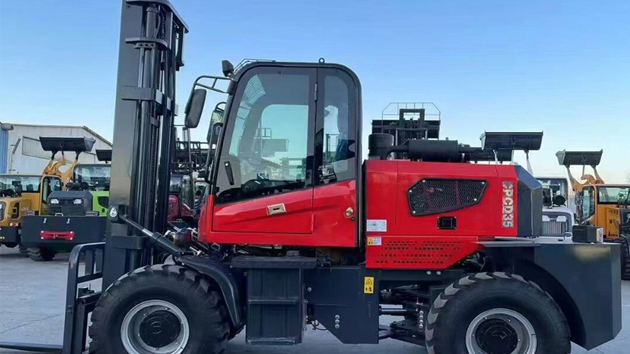The Ultimate Guide to Selecting the Perfect Wheel Loader for Mining Operations
2025-07-05 03:15:31
When selecting a wheel loader for mining, the first consideration should be payload capacity. Mining operations often involve moving massive quantities of heavy materials, such as ore, overburden, or aggregates. A wheel loader with insufficient capacity will lead to inefficiencies, increasing cycle times and fuel consumption. Industry data shows that models like the Caterpillar 994K or Komatsu WA900-8, with payloads exceeding 20 tons, are preferred in large-scale mining due to their ability to handle bulk material efficiently.
Engine power and fuel efficiency are equally critical when choosing a wheel loader for mining. High horsepower ensures the machine can operate under extreme loads, while advanced fuel-saving technologies reduce operational costs. For example, Volvo’s L350H wheel loader incorporates an intelligent torque converter and eco-mode settings, cutting fuel consumption by up to 15% compared to older models. Mining companies should analyze engine specifications and compare real-world fuel consumption reports before making a decision.
Another essential factor is durability and maintenance requirements. Mining environments are harsh, with abrasive materials and constant heavy use accelerating wear and tear. A wheel loader built with reinforced structures, high-quality steel, and advanced hydraulic systems will minimize downtime. Industry benchmarks indicate that models like the Liebherr L 586 XPower® offer extended service intervals and modular component designs, reducing maintenance costs by up to 20% over their lifespan.
Operator comfort and safety features should not be overlooked when selecting a wheel loader for mining. Long shifts in challenging conditions demand ergonomic cabins with noise reduction, climate control, and intuitive controls. Modern loaders, such as the Hitachi ZW550-6, integrate AI-assisted load management and 360-degree cameras, enhancing both productivity and operator safety. Mining companies investing in these features report fewer accidents and higher retention rates among skilled operators.
Finally, technology integration plays a growing role in optimizing wheel loader performance in mining. Telematics systems, such as Komatsu’s Komtrax or Caterpillar’s Product Link, provide real-time data on machine health, location tracking, and productivity analytics. These tools enable predictive maintenance, reducing unplanned downtime by up to 30%. As automation advances, semi-autonomous wheel loaders are becoming viable for repetitive tasks, further boosting efficiency in mining operations.
In conclusion, selecting the right wheel loader for mining involves balancing payload capacity, engine efficiency, durability, operator safety, and smart technology. By analyzing industry data and operational needs, mining companies can maximize productivity while minimizing long-term costs. The right investment ensures seamless material handling in even the most demanding mining environments.












